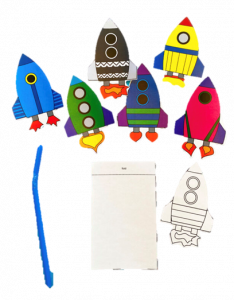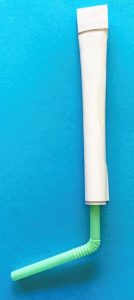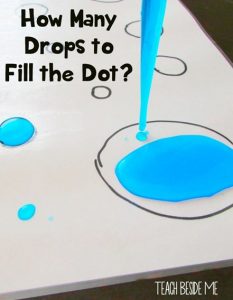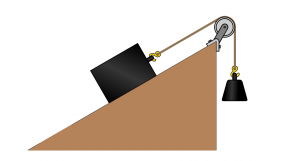
Draw and cut out a rocket and the rectangle that you roll to put the straw in.
Roll the rectangle the long way with the fold line on the top. You can roll it around a pencil to get it tight. Tape it along the sides to secure it. Fold it over at the top. Secure the fold with tape to keep it down.
Tape the rolled piece to the back of the rocket body.

Insert a straw and blow the rocket up into the air. Do not push the straw very hard into the rocket. You want it to be loosely placed on top. Then when you blow, give it one fast and hard blow to make it fly high!
Try blowing it at different angles and at a different trajectory to see if you can get it to fly higher or farther. The wind and air resistance will make a difference here, too.
The Science Behind It:
Add a learning component to it, too! Talk about physics and the force of air. When you blow into the straw, the big puff of air gets stopped at the top and pushes back down. The force pushing it back down causes the rocket to fly! This is Newton’s third law of motion- action and reaction!
This is also a lesson on gravity, as the rocket will always land!
This is a great STEM activity. Test a few variables, like adding a paper clip for weight, trying a wide straw instead of a skinny one, changing the angle of the launch, etc. Get out a measuring tape to see which one will fly farther.
Idea taken from TechBesideMe




